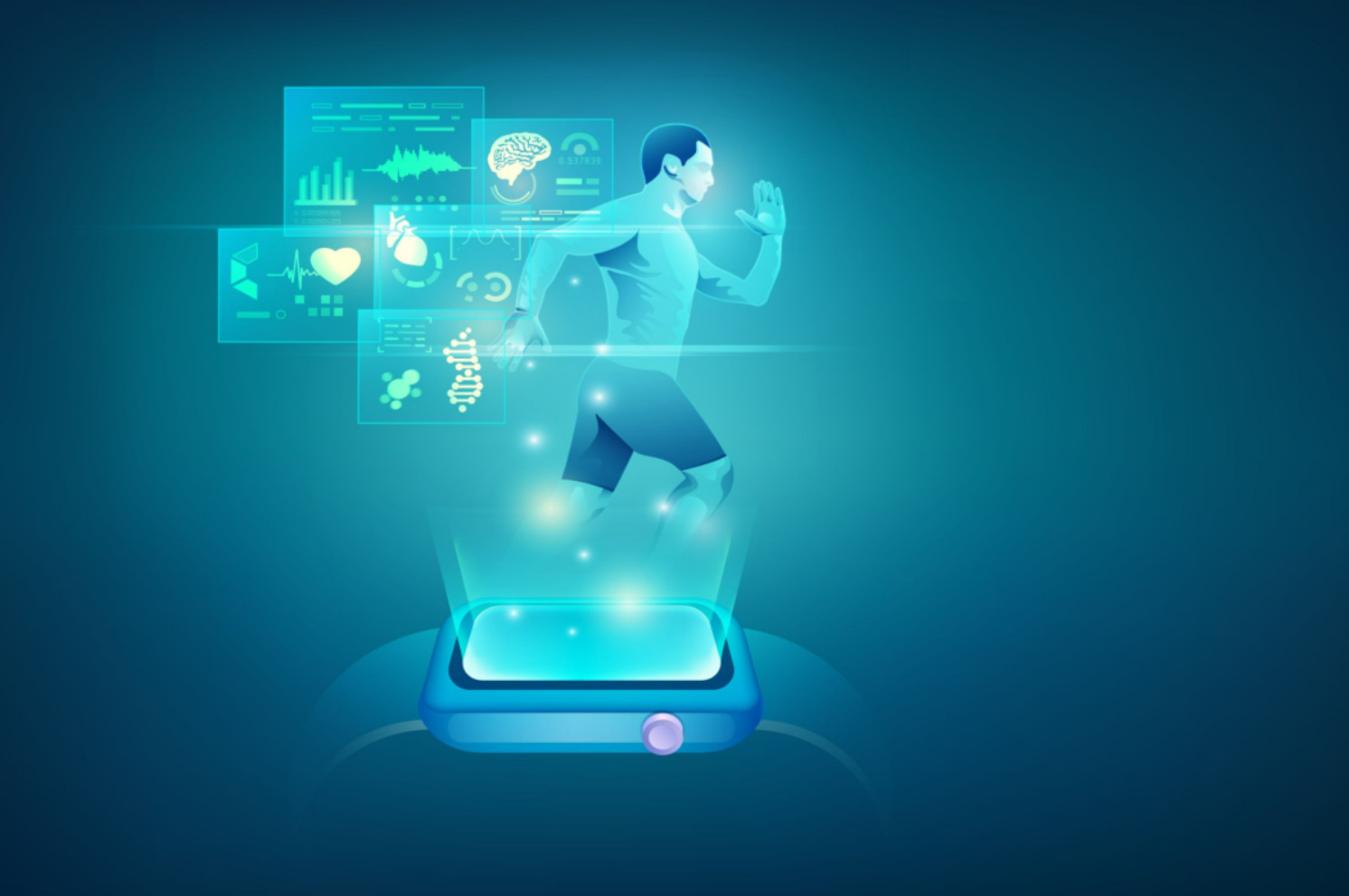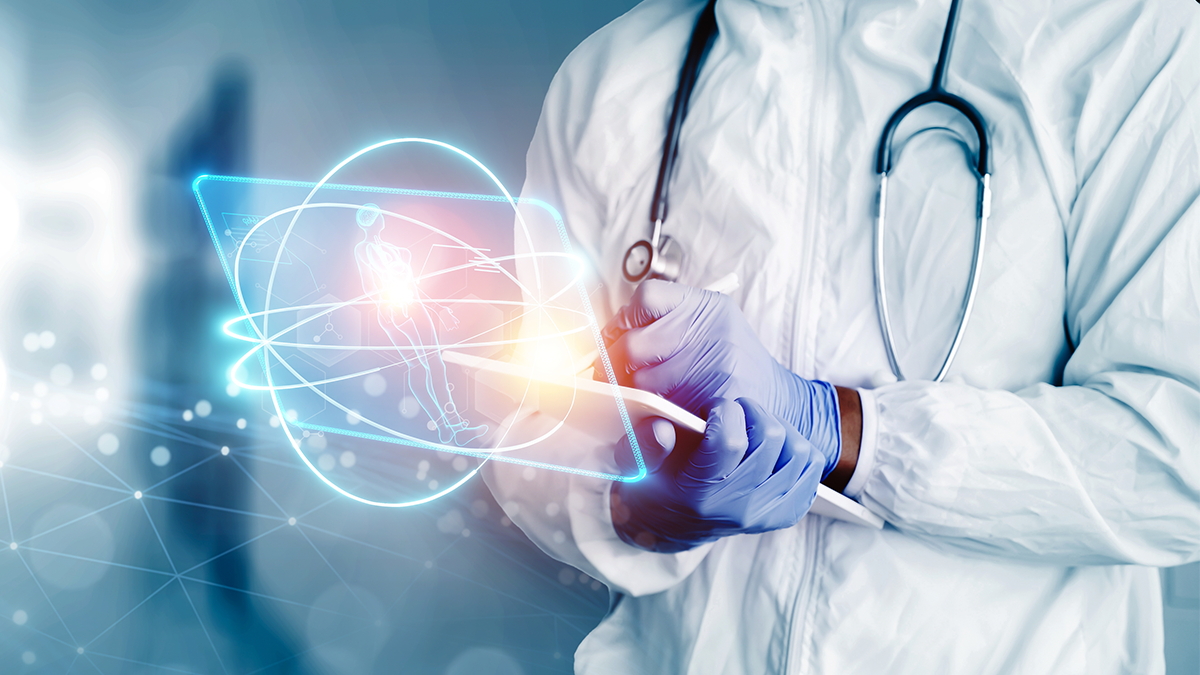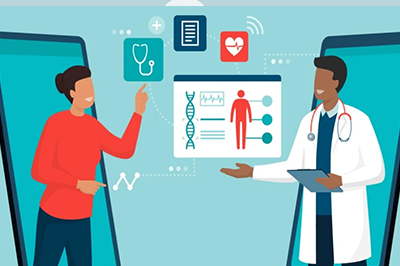Navigating Advances in Healthcare Wearables
Healthcare providers need your expertise to implement reliable systems that collect vital patient data.
BlueStar's diverse portfolio offers unparalleled access to premium products and services that drive business growth and success. From state-of-the-art hardware to advanced software solutions, our portfolio is designed to empower businesses with the tools they need to thrive in today's competitive landscape.
Our vertical-based content focuses on different industry technologies, solutions, and insights.
A true VAD offers top-notch pick, pack and ship services, and provides programs and services that add value to the distributed products that increase their value or worth.
The BlueStar DifferenceHealthcare mobile devices have proven their value during the pandemic and will continue to deliver long-term.
COVID-19 had a massive impact on the healthcare industry, not only through the number of patients that required care but also by revealing gaps in processes. According to Zebra Technologies’ 2022 Healthcare Vision Study, 80 percent of clinicians and leaders reported that the pandemic increased their use of technology. If there is a silver lining to the pandemic, technology deployed over the past few years, including healthcare mobile devices, will provide long-term benefits from increased efficiency and better patient experiences.
The World Health Organization (WHO) addressed challenges facing the healthcare systems in Europe and Central Asia. Based on data collected from 44 countries, The WHO made recommendations for supporting the healthcare workforce, including:
Healthcare mobile devices can be part of solutions to achieve those goals by enabling healthcare organizations to:
Keeping caregivers safe and healthy so they can continue to care for others is vital, especially when there is a high number of patients or a shortage of healthcare workers. The current deficit in the workforce is due, in part, to some healthcare workers succumbing to COVID themselves. The WHO estimates that around 50 000 European healthcare workers lost their lives to COVID-19.
With healthcare facilities understaffed, technology can help streamline and automate processes so fewer practitioners can provide care. Healthcare mobile devices are making it possible for doctors to see patients through telehealth visits or monitor a patient’s vital signs remotely.
Additionally, using these technologies is more efficient and limits contact, which helps limit the spread of illnesses between patients and healthcare workers.
Paper-based processes are slow and can introduce opportunities for error as workers enter information manually. Conversely, integrating electronic medical records with healthcare mobile devices allows nurses and doctors to scan, connect with patient records, and confirm patient IDs. Additionally, digitizing processes prevents medical errors, and real-time data availability is essential to optimizing patient care.
When a care team needs up-to-the-minute information, healthcare teams can use mobile devices to collect and share it. For instance, handheld computers enable on-the-spot testing for COVID-19 quickly and efficiently. However, all healthcare providers, including pharmacists and lab technicians, can benefit from using healthcare mobile devices to access orders, share test results, and ensure that the correct patient receives the proper medication. Further, when data is collected and shared with EMR systems immediately, nothing gets lost during shift changes or between the patient’s room and the lab.
Tablets and other mobile devices allow caregivers to interact with each other conveniently. This saves time and facilitates consulting with a specialist when needed. Furthermore, instead of taking interns on rounds, everyone can limit their exposure to viruses by meeting virtually. Using healthcare mobile devices also suits busy schedules better than trekking to meeting rooms.
How to Design a Healthcare Mobile Solutions
Solutions providers must consider healthcare organizations’ unique needs when designing a mobile solution, including:
Put What You’ve Learned to Good Use
Solution providers have learned much since 2020 while assisting healthcare clients in updating their technology to meet new challenges. Use that knowledge to continue to deploy healthcare mobile devices and other solutions that are now proven to provide value, even in the most demanding situations.

Healthcare providers need your expertise to implement reliable systems that collect vital patient data.

Healthcare organizations are looking for TSPs with a broad range of tech expertise and solutions to some of the industry’s most pressing problems.

Healthcare is a notoriously difficult industry to sell to. Winning a deal can be incredibly lucrative and foster lengthy relationships, but it also...
